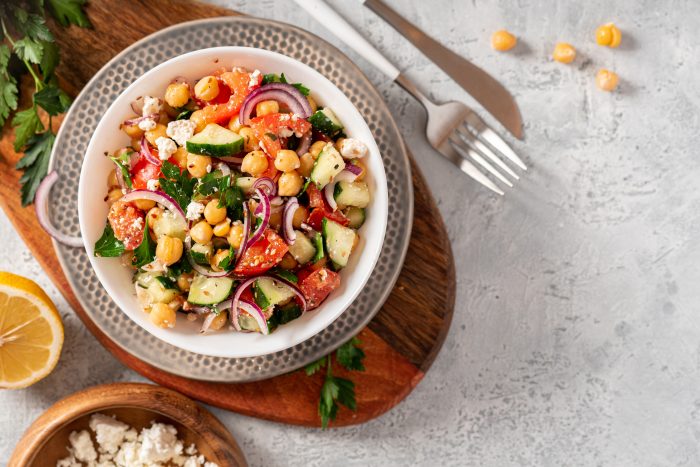By Michael Christodoulou

As you know, 2021 was full of challenges. We were still feeling the effects of the COVID-19 pandemic when supply chains shut down and inflation heated up. So, if you’re like many people, you might not be sorry to see the year come to a close. But now it’s time to look ahead to 2022. And on a personal level, you may want to set some New Year’s resolutions. You might resolve to improve your health and diet, and possibly learn some new skills, but why not make some financial resolutions, too?
Here are a few ideas to consider:
Prepare for the unexpected. If you haven’t already created an emergency fund, now may be a good time to start. Ideally, you’d like to have three to six months’ worth of living expenses in this fund, with the money kept in a low-risk, liquid account. (If you’re retired, you may want your emergency fund to contain up to a year’s worth of living expenses.) Once you’ve got this fund established, you may be able to avoid dipping into long-term investments to pay for short-term needs, such as costly home or auto repairs or large medical bills.
Boost your retirement savings. The pandemic caused many us to reevaluate our ability to eventually enjoy the retirement lifestyles we’ve envisioned. In fact, 33% of those planning to retire soon said they started to contribute even more to their retirement savings during the pandemic, according to a study from Age Wave and Edward Jones. This year, if you can afford it, increase your contributions to your IRA and your 401(k) or other employer-sponsored retirement plan.
Reduce your debt load. The less debt you carry, the more money you’ll have available to support your lifestyle today and save and invest for tomorrow. So, this year, resolve to cut down on your existing debts and avoid taking on new ones whenever possible. You can motivate yourself by measuring your progress – at the beginning of 2022, record your total debts and then compare this figure to your debt load at the start of 2023. If the numbers have dropped, you’ll know you were making the right moves.
Don’t overreact to the headlines. A lot can happen during a year. Consider inflation – it shot up in 2021, but it may well subside in 2022. If you changed your investment strategy last year to accommodate the rise in inflation, would you then have to modify it again when prices fall? And inflation is just one event. What about changes in interest rates? How about new legislation coming out of Washington? And don’t forget extreme weather events, such as wildfires and floods.
Any or all of these occurrences can affect the financial markets in the short term, but it just doesn’t make sense for you to keep changing the way you invest in response to the news of the day. Instead, stick with a strategy that’s appropriate for your goals, risk tolerance and time horizon. You may need to adjust this strategy over time, in response to changes in your own life, but don’t let your decisions be dictated by external events.
These aren’t the only financial resolutions you can make – but following them may help you develop positive habits that can help you face the future with confidence.
Michael Christodoulou, ChFC®, AAMS®, CRPC®, CRPS® is a Financial Advisor for Edward Jones in Stony Brook. Member SIPC.




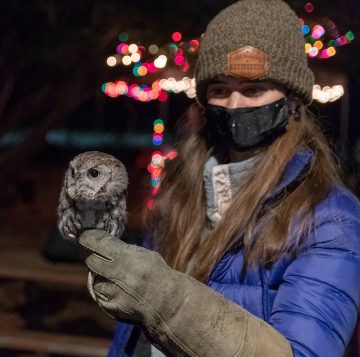


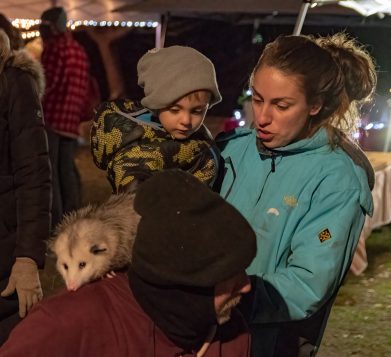

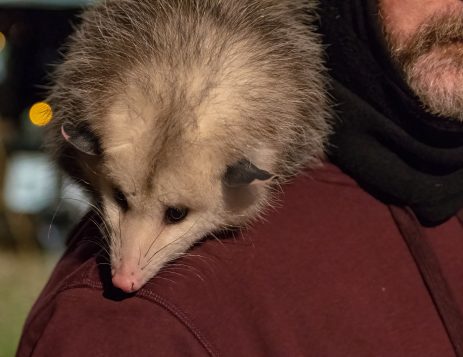


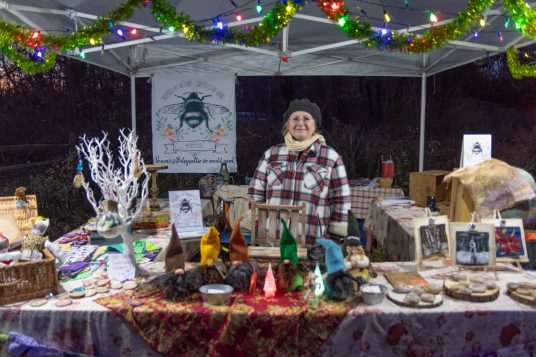
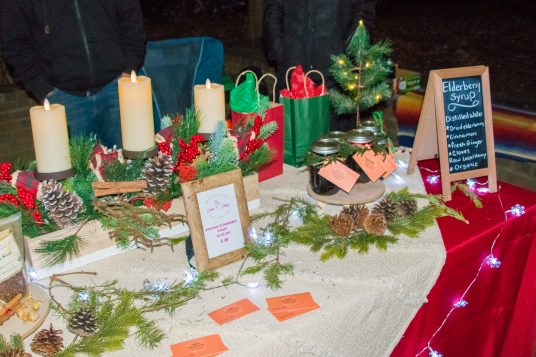

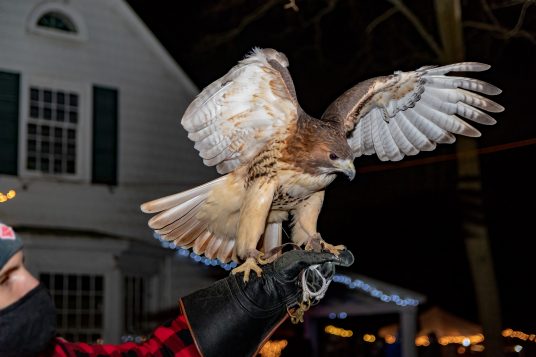


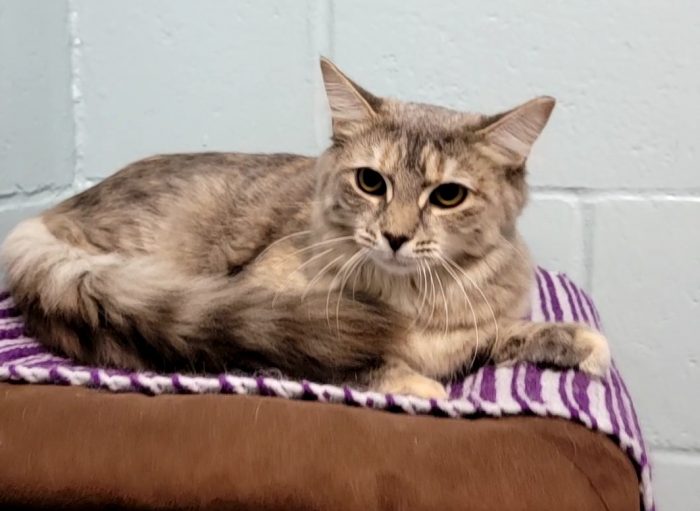
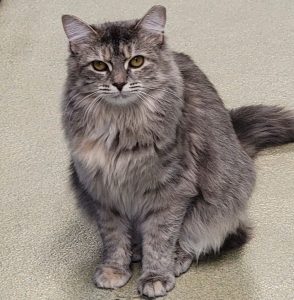



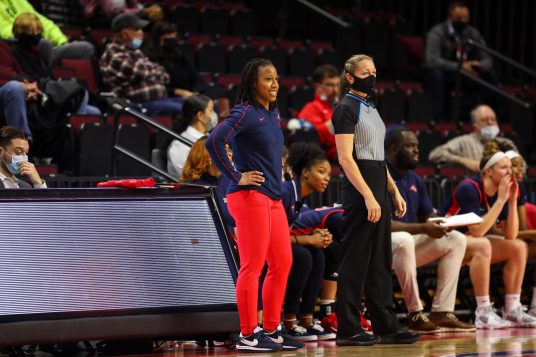
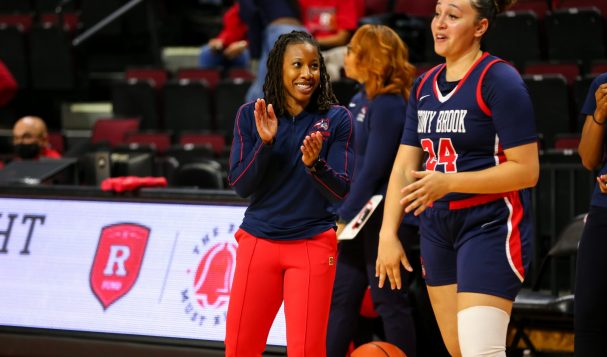
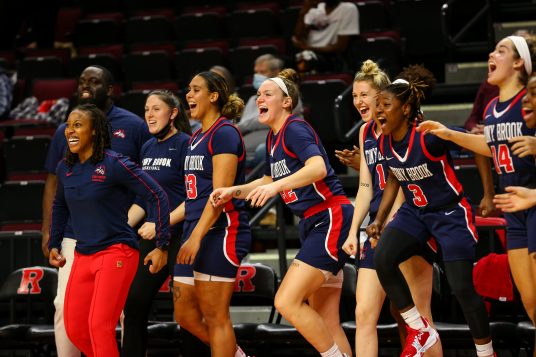

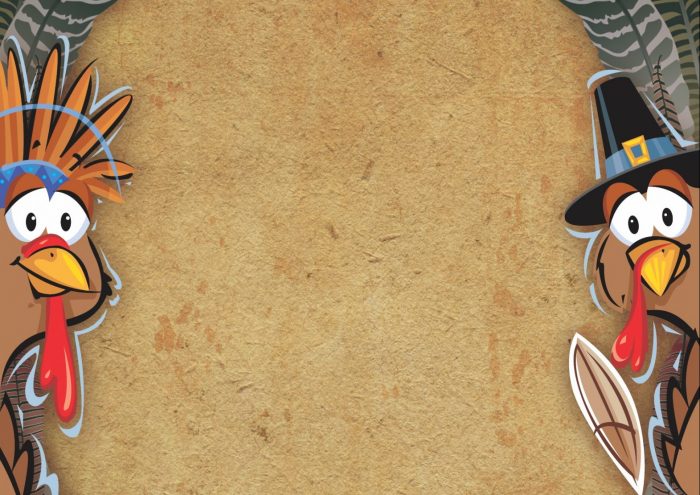

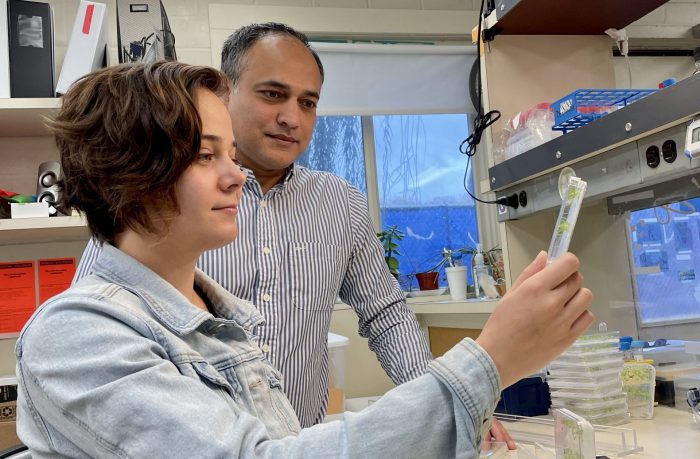
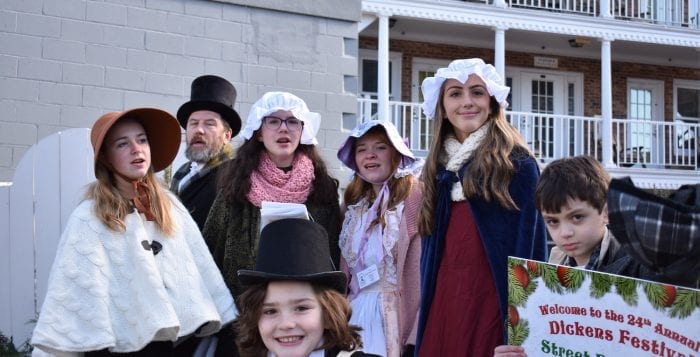
 Welcome to Dickens in December! The 25th annual Charles Dickens Festival has been gently extended with activities on Saturday, Dec. 11 and 18. The Village will present two concerts per day, one in the Masonic Lodge and one in the Village Center’s Skip Jack room. The not-to-be-missed Festival of Trees will delight all those who visit the Village Center’s second floor and the streets will once again play host to a host of Dickens street characters.
Welcome to Dickens in December! The 25th annual Charles Dickens Festival has been gently extended with activities on Saturday, Dec. 11 and 18. The Village will present two concerts per day, one in the Masonic Lodge and one in the Village Center’s Skip Jack room. The not-to-be-missed Festival of Trees will delight all those who visit the Village Center’s second floor and the streets will once again play host to a host of Dickens street characters.